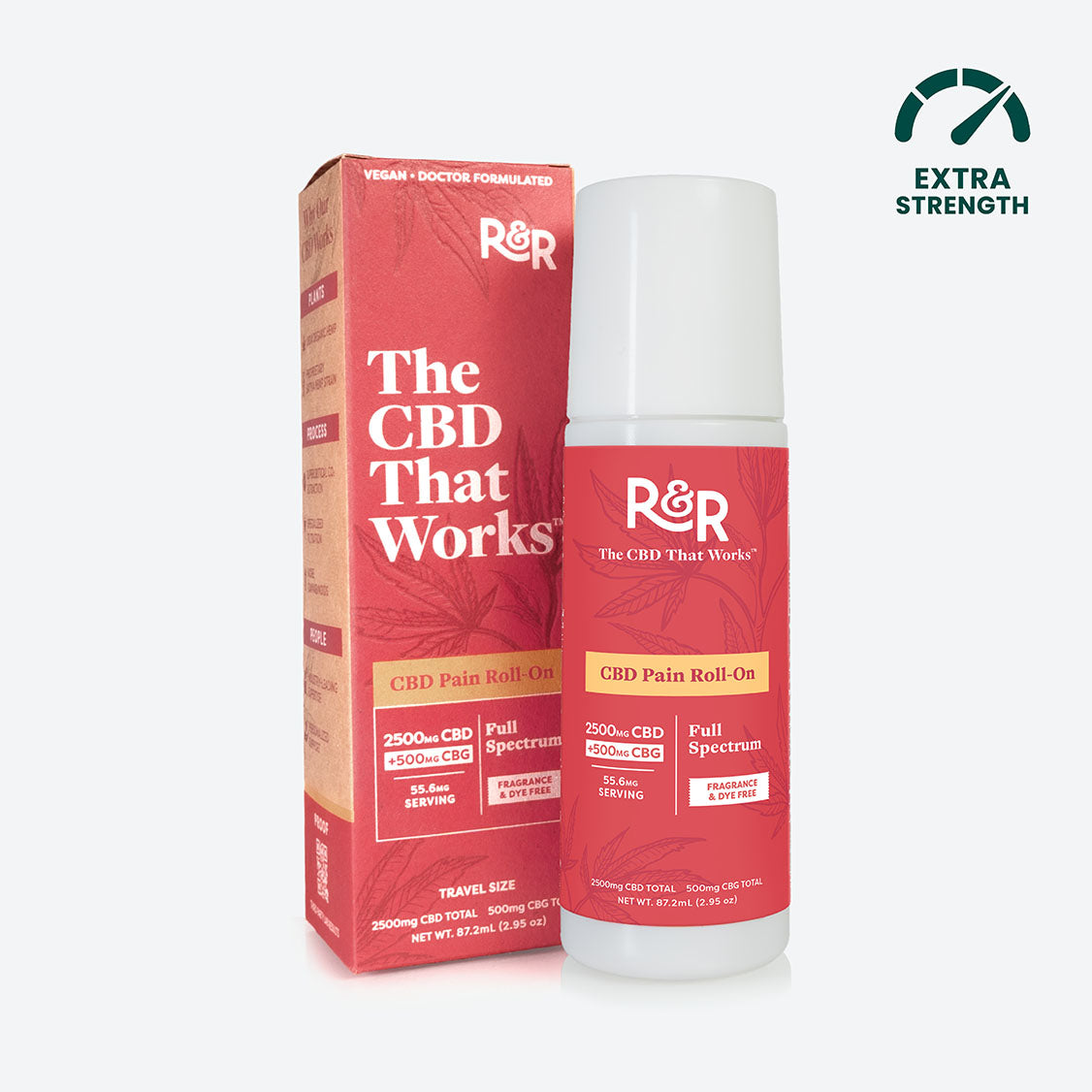Office jobs might seem low-impact, but sitting for hours at a desk every day can wear down your body more than people think. Stiff necks, sore backs, and tense wrists become part of your routine if you're not paying attention to how your workspace is set up. These small aches can grow into everyday discomfort that makes it harder to focus, move freely, or stay motivated. When your body starts working against you, even simple tasks feel harder than they need to be.
Good ergonomics are a key part of reversing that. So is having something reliable nearby when discomfort creeps in. That’s where a roll-on for pain steps in. It lets you give your most overworked areas better care without cutting into your day. Whether your shoulders lock up after lunch or your lower back tightens before that late meeting, you can use it quickly and get right back into flow. Combining smarter posture with fast-acting support makes a big difference in how you work and feel.
Understanding Office Ergonomics
Sitting down may not sound like a strain, but doing it every day without the right support can lead to long-term problems. That’s why office ergonomics matters. Good ergonomics means arranging your workspace so it supports your body’s natural position—no slouching, reaching too far, or bending your wrists at weird angles. It's about making simple changes that reduce wear and tear.
Pay close attention to these areas:
- Chair height: Your feet should rest flat on the ground, knees at about a 90-degree angle. If your chair is too high or too low, it puts pressure on your lower back or cuts off circulation behind your legs.
- Monitor level: Keep the top of your screen at or just below eye level. You shouldn’t be constantly tilting your chin up or down.
- Keyboard and mouse placement: Your hands should feel relaxed at your sides with elbows slightly open. If your arms are too far forward or if you're reaching inward, that tension builds up fast.
If your screen is too far away, your eyes strain, and your shoulders lean in. If your chair doesn't support your lower spine, you’ll notice more aches by the end of the workday. These details add up. Small adjustments help you stay comfortable longer and avoid the slow buildup of pain that makes sitting such a drain.
Even if your setup feels fine at first, it’s worth checking every few months. Everything from a new computer to a different pair of shoes can change your posture and shift how your body handles motion and stillness throughout the day. Staying aware of how your environment shapes your posture keeps you ahead of the discomfort curve.
Common Office-Related Pain Issues
When the desk setup isn’t helping your body, it shows. And unfortunately, it doesn’t take long before the signs show up in sore spots you probably didn’t even notice before. Sitting too long, repeating small movements, or typing in an awkward hand position can lead to pain that constantly distracts.
The most common problem areas include:
- Lower back: Office chairs that lack lumbar support force your spine out of its natural curve, leading to stiffness and soreness late in the day.
- Neck and shoulders: Staring down at a laptop or clenching your mouse tightly can hurt the muscles that support your head or create tension across your upper back.
- Wrists and forearms: Keyboard and mouse placement matters. If your wrists are cocked up or stretched out for hours, you could end up with unwanted pain that mimics overuse injuries.
- Hips: Sitting for long periods locks your hip flexors in a bent position. Over time, this reduces your mobility and comfort, especially when you stand up quickly.
Let’s say you head into work with no issues, but by mid-afternoon, there’s that familiar twinge in your back again. You know it isn’t from lifting anything heavy—it’s just your posture, that old office chair, or your default way of sitting. That’s how quickly discomfort builds when your body gets caught in stressful positions repeatedly.
Even with a good setup, the work often isn’t steady. You shift, lean, move in ways that undo your posture without realizing it. That’s why pairing good ergonomics with relief options like an easy roll-on gives you an edge. Your desk job doesn’t have to leave you stiff and sore by the time you're headed home.

Benefits of Using a Roll-On for Pain Relief in the Office
Finding practical solutions for discomfort without disrupting your workflow is important. A CBD roll-on stands out as an effective, easy-to-use option that delivers relief right where you need it. You won't have to pause your tasks or deal with sticky residues that some alternatives might leave behind.
Here’s why a roll-on might just become your best office companion:
- Targeted relief: Apply directly to areas of tension or discomfort, allowing you to address specific parts like your neck, wrists, or lower back
- Simple application: Roll-ons are hassle-free and don't involve messy creams or lingering odors that could distract you or your colleagues
- Natural ingredients: Crafted with plant-based components selected for their soothing properties, offering you peace of mind as you take care of your body
Use this quick fix when feeling overwhelmed by stiffness or soreness. Its compact and discreet nature means you can keep it close at hand, ready to apply during a short break or after a meeting when you feel discomfort settling in. With a few quick swipes, you’re back to your tasks, feeling renewed and focused.
Tips for Incorporating a Roll-On into Your Office Routine
Integrating a roll-on into your daily routine transforms how you manage small aches as they arise, helping you stay on top of discomfort before it affects your productivity. Here are a few ways to include this in your workday without missing a beat:
- Morning set-up: Start your day by applying it to areas you know might tense up later. Starting ahead of your pain can set the stage for a better day
- Stress points relief: Use it during short, regular breaks to prevent stress build-up in obvious pain areas or after long periods in one position
- Stretch and move: Couple its use with stretching exercises tailored for your office space. Simple stretches can enhance how you handle physical strain and your roll-on will supplement that comfort
- Midday reset: For moments when your attention drifts due to discomfort, try a roll-on to help bring you back into a state of alertness and ease
- End of day unwind: Apply before leaving the office to relax muscles and get set up for a comfortable evening at home
Combining this quick relief strategy with consistent ergonomic awareness means less tension and a more enjoyable work experience overall. You're not just tackling the symptoms. You're creating an environment that limits their chances of returning.
Optimize Your Office: Enhanced Comfort & Productivity with R&R's Targeted Relief
Blending smart ergonomic practices with accessible pain relief options eases the demands on your body throughout the day. Comfort translates into productivity, which leads to better, more effective work. When discomfort isn't a constant companion, your energy and focus remain sharp.
Think of every office change, whether it's a posture adjustment or the strategic use of a CBD roll-on, as part of a larger goal: thriving in your workspace. Solutions like these put you in control, showing you don't have to rely on complex schedules or harsh solutions to get through your day comfortably.
Your journey toward a healthier workday starts with being proactive about comfort and having practical solutions within reach. By making small, impactful adjustments, you're setting the stage for a smoother, more fulfilling work life.
Discover how a roll-on for pain can transform your office routine by delivering fast, targeted relief right when you need it. R&R offers a full line of CBD Topicals designed to keep you focused, comfortable, and in control throughout your workday.

























